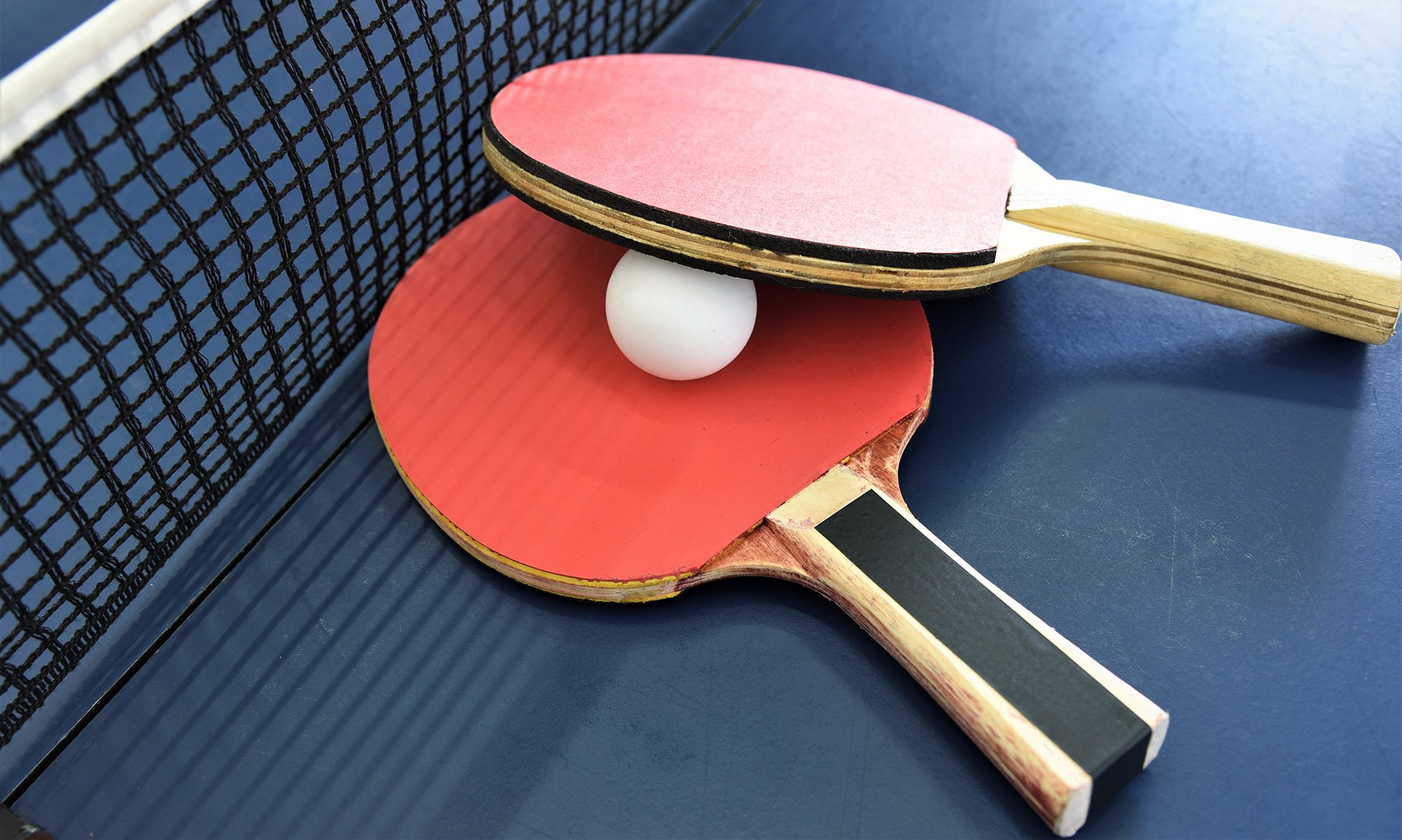As of the end of this week, the individual components of the MVP are completed and next week we are going to finish integrating the components together. The IMU isn’t a part of the MVP, but there has been considerable progress in making the data output more consistent and accurate. The game itself has been completed too. What’s new from this week are the multiplayer and bluetooth capabilities that allow two players to play each other and connect their paddles to the game. The computer vision algorithm for tracking the lateral position of the paddle is about completed as well. Looking ahead, the plan for next week is to send the lateral position of the paddle to the Google Cardboards running the game, so that two players can control their respective paddles in a game of Pong. We are projecting there to be a few calibration adjustments to allow for centering of the paddle and we are going to test for the latency of the paddle movement as well. For this week, no changes were made to the product design.
The biggest risk that we face is buying a wifi card that either isn’t compatible with the libraries we are using or the Jetson Nano itself. While this risk is mitigated with good product research, a contingency plan we have is to buy multiple wifi cards at a time so we have backups in case one fails.
